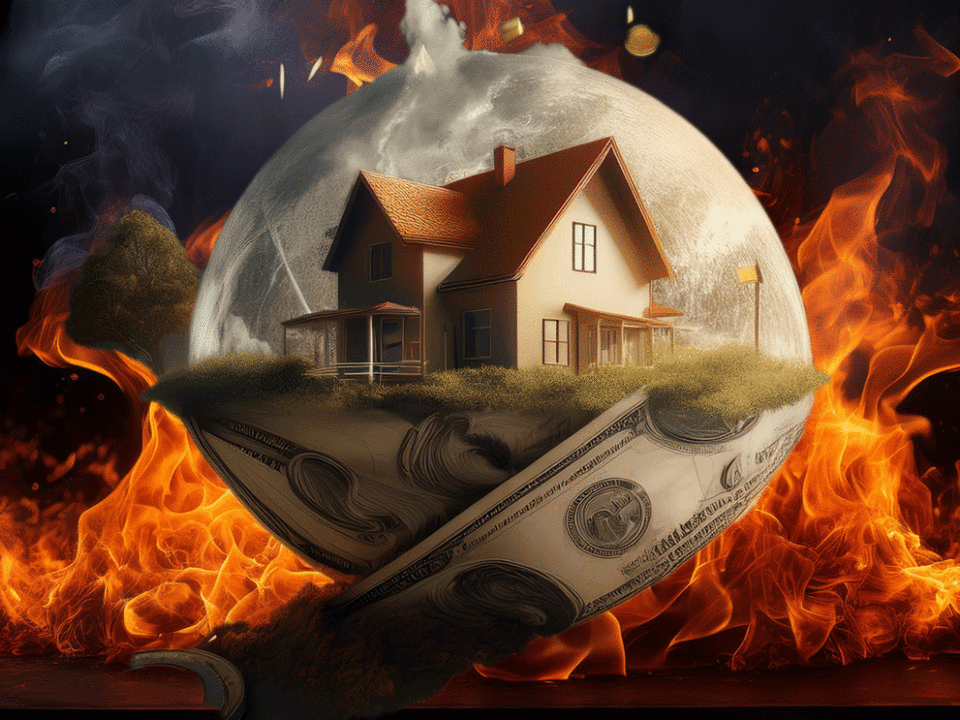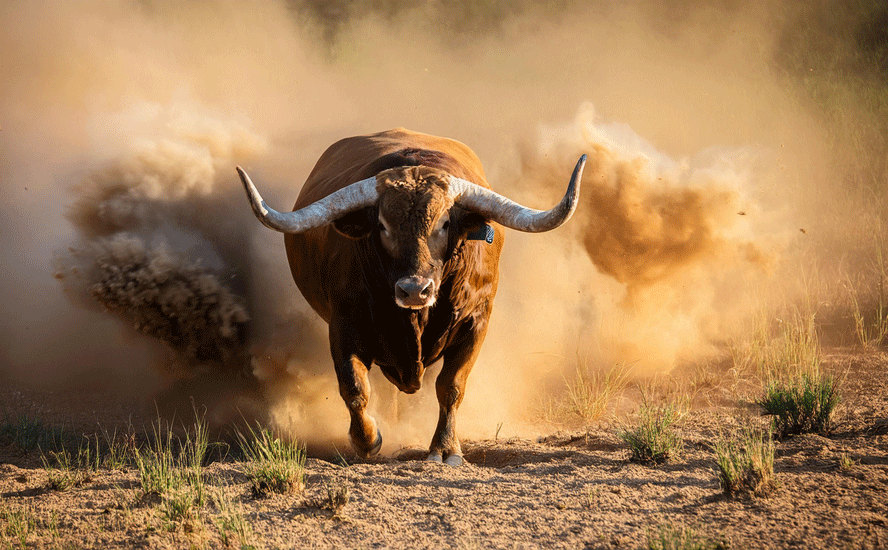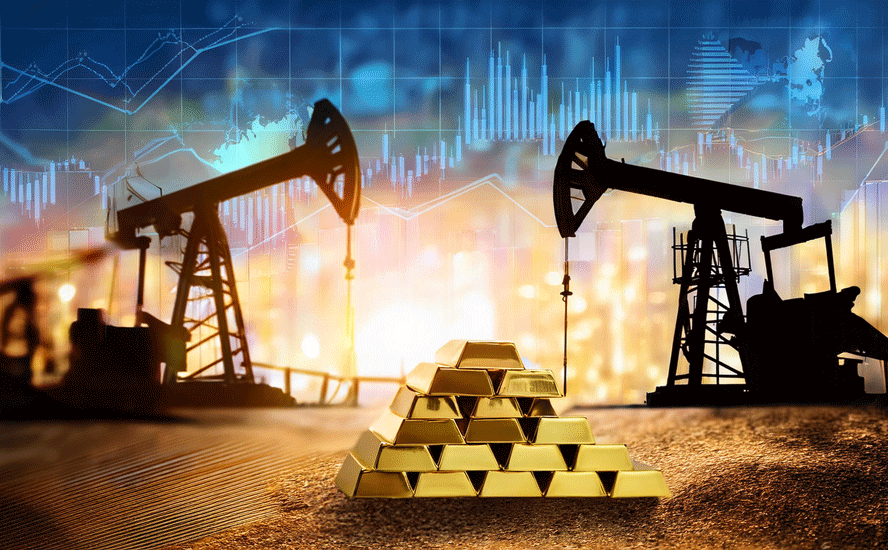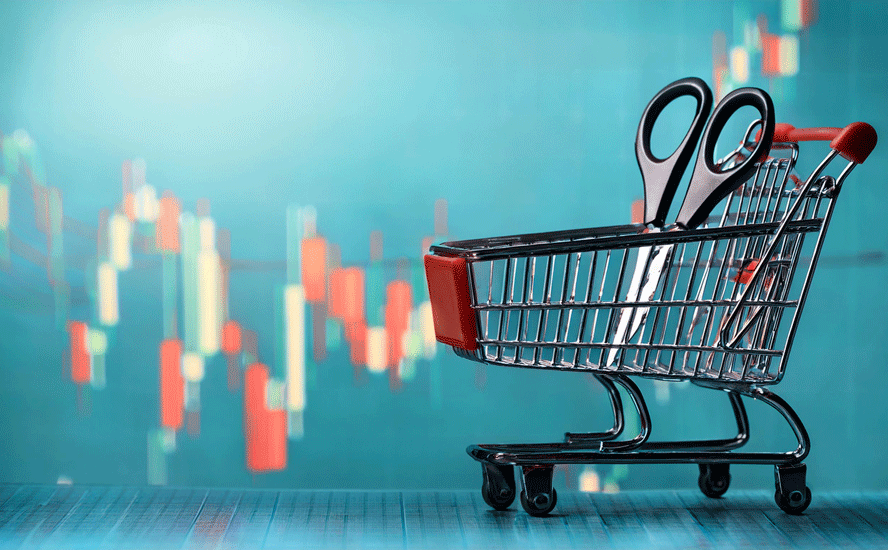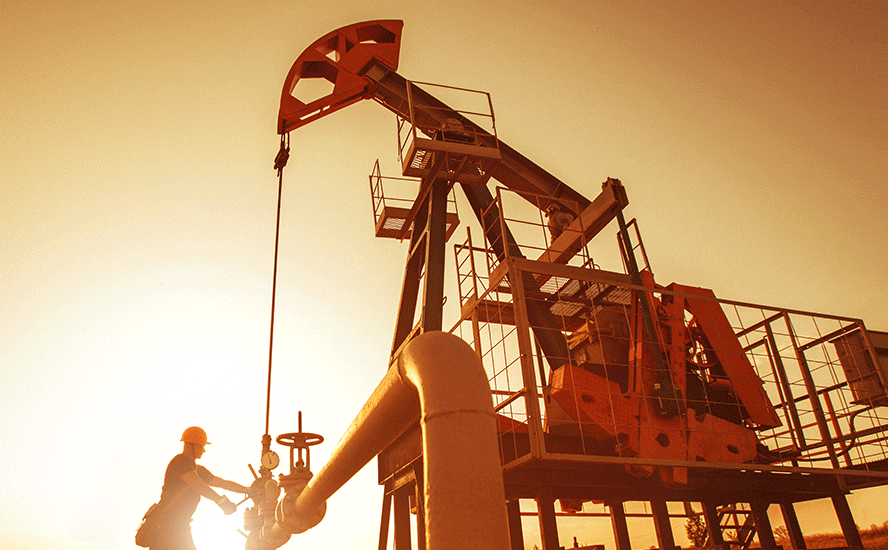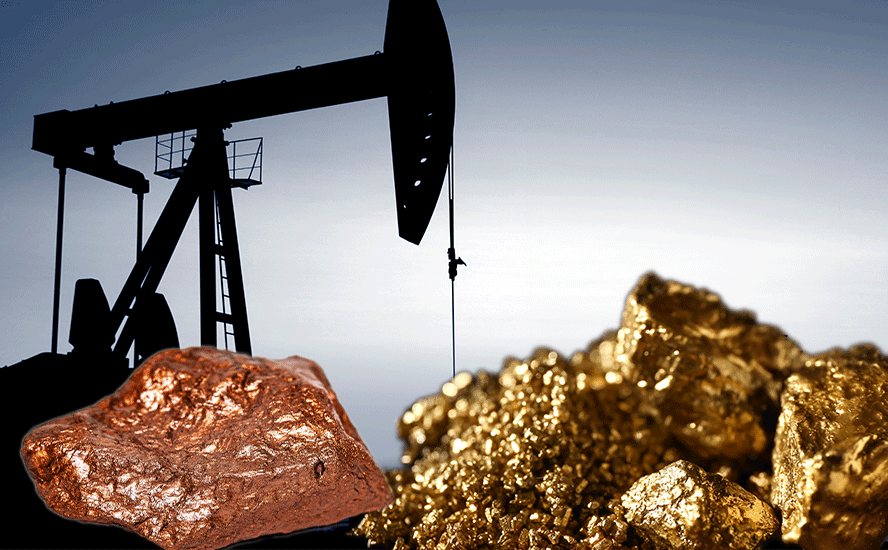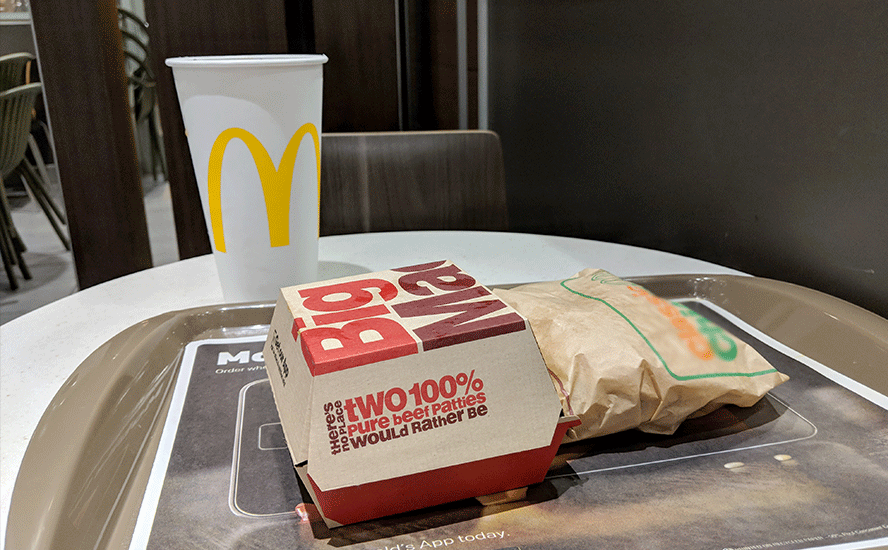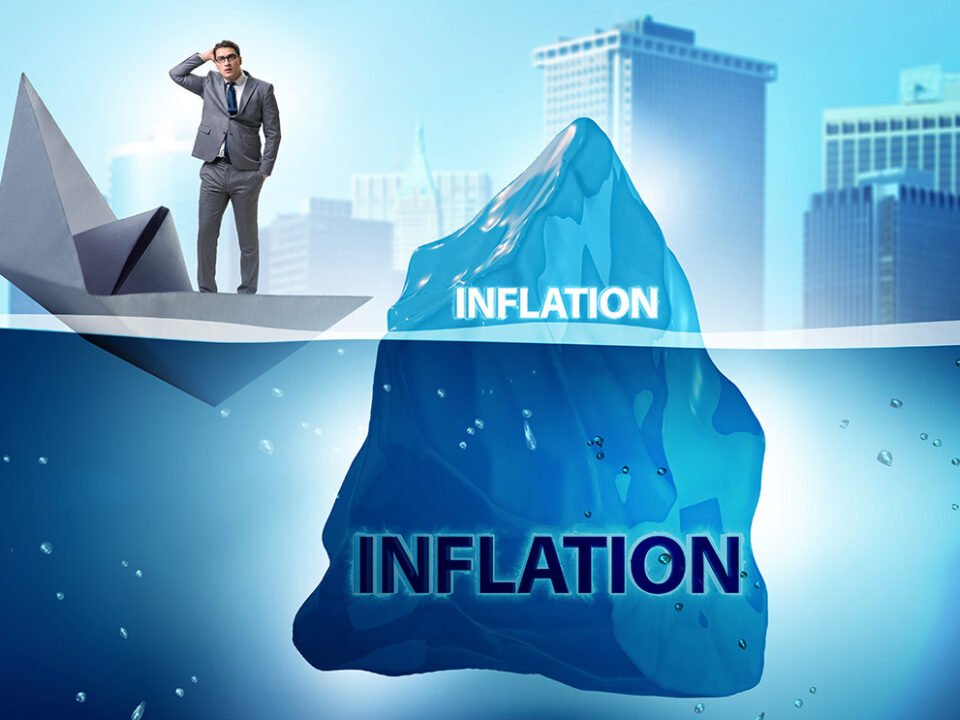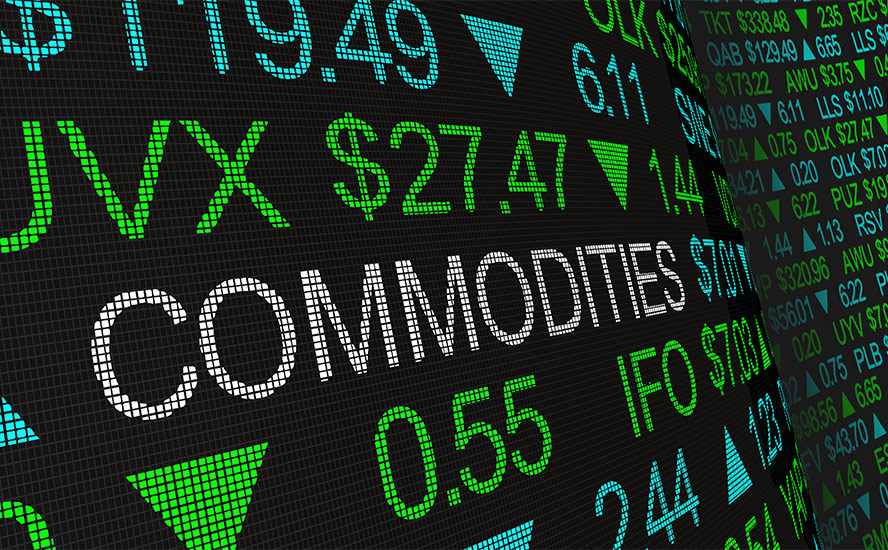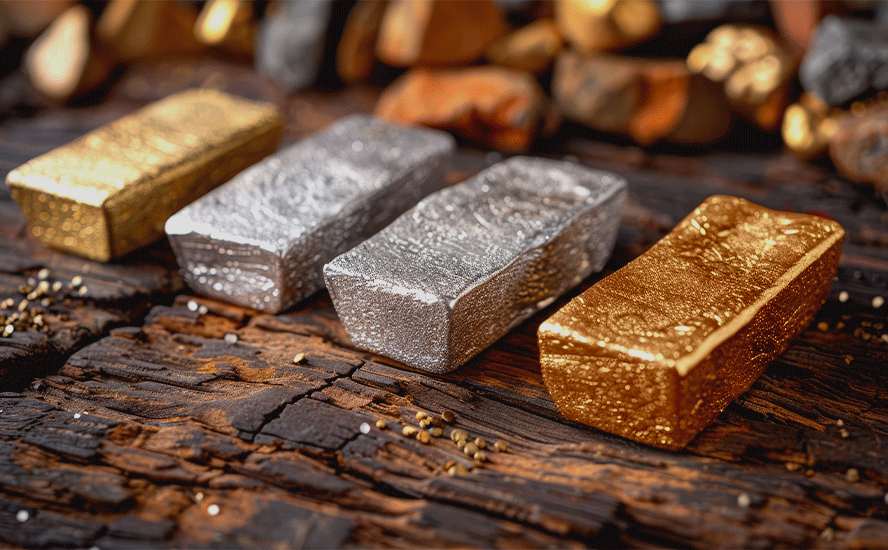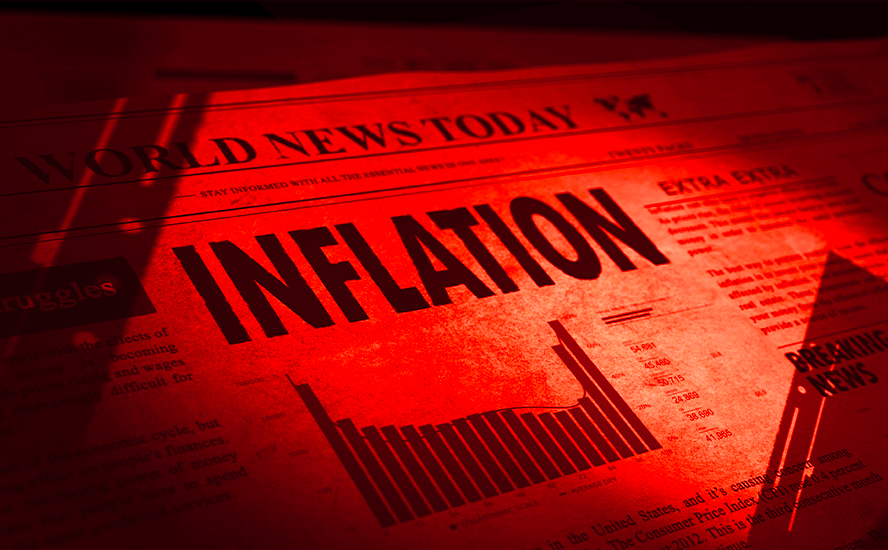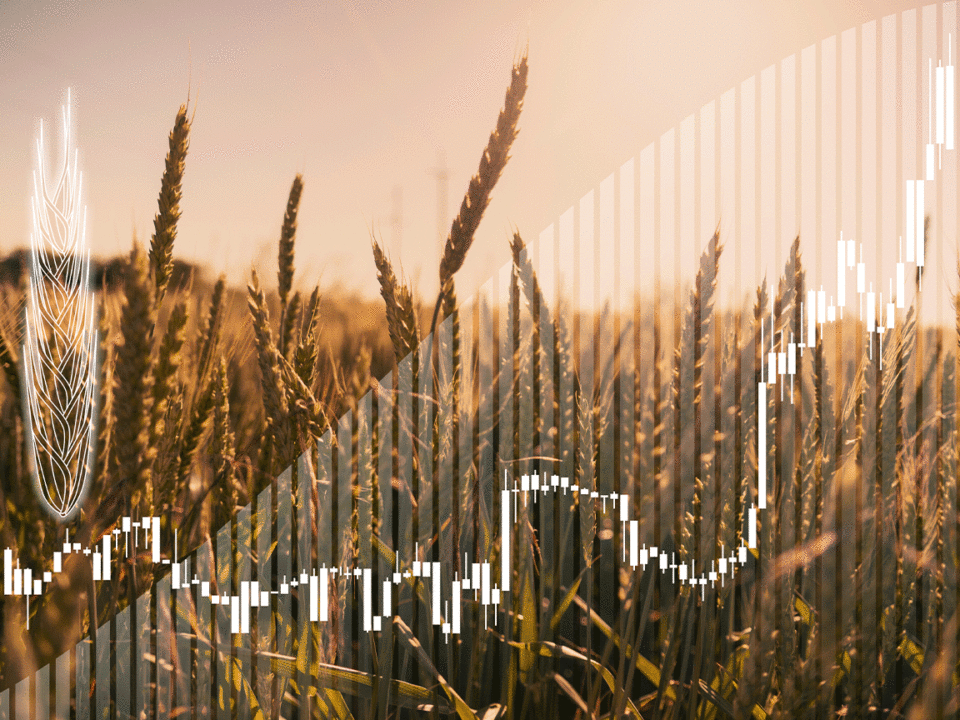The connection between high energy and food prices
2022.09.06
At the start of August, British homeowners saw an 80% increase in their energy bills, following a record 54% spike in April. The increase is being blamed on the war in Ukraine, which has driven up the price of natural gas, used by 85% of UK households.
With Moscow reducing the flow of fuel to Europe, many nations are moving to save energy supplies ahead of winter. On Friday Russian energy giant Gazprom extended a temporary shutdown of its Nord Stream 1 pipeline to Germany. Moscow blames sanctions imposed by the West after Russia invaded Ukraine, for hampering operations and maintenance of the crucial pipeline, while Brussels says Russia is using gas as an economic weapon.
According to Global News, electricity costs for the average UK customer have risen from 1,971 pounds a year, about CAD$3,009, to 3,549 pounds, or $5,418. Britain has the highest inflation among the G7.
Simultaneous and dramatic price increases for energy and food are part of a ballooning cost-of-living crisis in much of the developed world, as inflation continues to wrack economies and central banks try to control it through interest rate increases that are impeding growth, and threaten to plunge the global economy into a deep recession.
Up until now, economists tended to treat energy inflation and food inflation as entirely different entities. The war in Ukraine and other factors have put a laser-like focus on the relationship between the two — which is the subject of this article.
Globally, the FAO Food Price Index hit a record high in March, following a 28% jump in prices in 2021, the highest in a decade.

The index tracks monthly changes in the prices of five food commodities: cereals, vegetable oils, dairy products, meat and sugar. The latest numbers from the FAO, a UN agency, show prices dropping in July, marking the fourth consecutive monthly decline since the March pinnacle. The FAO says the decline was led by double-digit drops in the cost of vegetable oils but also cereals, with the recent UN-brokered deal on Ukrainian grain exports a contributing factor.
Palm oil export prices lessened due to the prospect of ample export availability out of Indonesia, a major producer.
While the pause in food inflation is obviously a good thing, FAO chief economist Maximo Torero was quoted saying that, “[m]any uncertainties remain, including high fertilizer prices that can impact future production prospects and farmers’ livelihoods, a bleak global economic outlook, and currency movements, all of which pose serious strains for global food security.”
Indeed fertilizer is the bogeyman that keeps appearing in the overall trend of rising food prices, despite the recent pullback. It can be seen as the glue that binds together food and energy inflation.

For any product sold on the market, its price is often determined by its inputs; food is no different. Most of the food we consume —bread, milk, meat, fruits and vegetables, etc. — comes from the labor of agricultural activities.
The key input in agriculture is fertilizers, which farmers use to supplement natural soil nutrients, antibiotics to prevent animal diseases, pesticides to protect crops against animals, insects, weeds and various microorganisms, and of course diesel to run tractors and delivery trucks. Fertilizers used by farmers today are synthetically created, as they have proven to produce much larger crop yields than organic sources for over a century.
Thus, it should come as no surprise that if the cost of synthetic fertilizers rises, food prices naturally increase. That’s exactly what has been happening; the cost of raw materials in the fertilizer market — ammonia, nitrogen, nitrates, phosphates, potash and sulfates — went up 30% during the first quarter of 2022.
After touching a record-high in March, the growth in fertilizer prices has slowed, however, prices are still way up compared to a year ago, and show every indication of continuing to increase, particularly due to the precarious fuel supply situation in Europe.
Farm Progress reported on Aug. 24 that after two years of rising prices, an index of Illinois retail production cost averages for nitrogen, phosphate, potash and diesel supplies from June 2 to Aug. 11 dropped nearly 16%.
The ag publication says the lower prices are a direct result of growing stockpiles after pandemic related supply chain and production issues, as well as trade flow realignments in the aftermath of the Black Sea conflict.
But supply availability continues to be difficult to forecast for global ag markets, much as it has been over the past year and a half. Fertilizer producers expect potash trade flows out of Russia and Belarus to remain constrained by sanctions through the remainder of 2022. Plus, China issued an export ban on phosphate and urea shipments a year ago and is not likely to lift restrictions in 2022.
Energy costs, and specifically natural gas, will continue to be a significant factor that will impact fertilizer production and pricing through the end of the year – particularly nitrogen fertilizer output. Natural gas is a critical ingredient for anhydrous ammonia production and is also the primary energy source for fertilizer plants in the U.S. and abroad.
Soaring energy prices amid the European Union’s ongoing debate about how to wean off of Russian natural gas supplies are leading to production cuts at E.U. fertilizer plants, which top global fertilizer producer Nutrien expects will keep global ammonia supplies tight through year end providing minimal price relief for global nitrogen prices.
Diving deeper into these cuts, we note that in July, the world’s largest chemicals company, Germany’s BASF, announced reductions to ammonia production that were likely to put pressure on supplies of fertilizer and carbon dioxide (CO2), a by-product of the ammonia-making process.
A spokesperson for BASF told ‘Supply Management’: “[A cut in ammonia production] would put additional pressure on an already extremely tight market. Russia is a major exporter of ammonia and fertilisers. Exports from Russia are currently in sharp decline. A reduction in gas supplies in Germany would further exacerbate the shortage of fertilisers worldwide, reduce food production and lead to further price increases for basic foodstuffs.”
As the price of fertilizers continues to soar, so will our food products, as farmers around the world are forced to cut their fertilizer use. Indeed a direct consequence of soaring fertilizer prices is the threat of declining food production, as well as quality, in many parts of the world.
In May, the African Development Bank said that “many African countries have already seen price hikes in bread and other food items,” warning that “if this deficit is not made up, food production in Africa will decline by at least 20% and the continent could lose over $11 billion in food production value.”
World Food Programme director David Beasley was quoted by Politico saying that the 20% estimate “could be very low,” noting that there are 980 million people in Africa that depend on smallholder farms and the fertilizer to reach them. The continent is already lacking 2 million tonnes of fertilizer, as of the first week in August.
Last month, Europe’s fertilizer crunch intensified after Norwegian producer Yara cut its ammonia capacity by a third. The announcement came a day after CF Industries in the UK halted ammonia production at the second of its two British plants in Billingham, due to soaring natural gas prices. (the company closed its other plant, in Cheshire, in June)
In the past week, the price of gas hit a record $342 per megawatt-hour, double that of a month ago and several times as much as a year ago.

Other companies to announce either output reductions, or plant stoppages, include Achema AB, Lithuania’s top fertilizer company; Hungary’s sole producer Nitrogenmuvek Zrt; Grupo Azoty, Poland’s largest chemical company; and Anwil, a unit of oil company PKN Orlen SA.
Industry researcher CRU Group estimates that Europe has lost about half its ammonia capacity and 33% of its nitrogen fertilizer operations.
The result is almost certain to be a resumption of food inflation after, as mentioned, the past few months of declining food prices.
As Bloomberg explains,
Russia’s squeeze on flows of gas — a key feedstock for fertilizers and source of power for heavy industries in Europe — is hitting everything from aluminum smelters to sugar refineries. Consumers, already feeling the pain in higher energy bills, are likely to be hit again as shrinking fertilizer supplies boost the cost of farm inputs and lower productivity by curbing the use of key crop nutrients. That could reignite food inflation.
“This unrelenting pressure on food prices is just not going to go away,” Chris Elliott, professor at Queen’s University Belfast and a food security expert, said by phone.
Fertilizer makers in Europe have been hit hardest because of the region’s reliance on Russian gas. The industry must also contend with US and European Union sanctions on potash sales from Belarus and China’s move to rein in shipments. Trade in Russian nutrients has suffered from many shippers, banks and insurers self-sanctioning and difficulties in servicing exports from Russia, a big supplier of every major type of crop nutrient.
If gas prices remain high and fertilizers costs increase into the new planting season, demand from farmers could fall, according to Michael Magdovitz, a crop analyst at Rabobank in London.
“The impact of a continued crunch will stress wheat and corn farmers and potentially constrain acreage and yield potential,” he said by email.
The fertilizer crunch in Europe caused primarily by high natural gas prices is also affecting the production of carbon dioxide (CO2), a little-known but crucial product for the food industry. CO2 is used to humanely euthanize animals, in packaging to extend shelf life, for dry ice that keeps items frozen during delivery, and in fizzy drinks.
When CF a year ago stopped ammonia and CO2 production in the UK, it sparked chaos across the food-supply chain, with the meat industry warning it could grind to a halt.
Even pubs would be negatively impacted, because CO2 is needed to prevent beer from going flat. As Politico noted in a recent story,
Farmers, food manufacturers and even pub landlords are therefore deeply worried about the wider implications of a looming fertilizer crunch…
“Few people realize that carbon dioxide is a byproduct of fertilizer making. And it cannot be stored for a very long time, so we only have a few days’ worth of reserves left,” said Carlsberg Polska spokesperson Beata Ptaszyńska-Jedynak, who added that the company uses the CO2 to hermetically seal bottles, cans and kegs.
“We will be shutting down beer production any moment now … but we aren’t the only ones. Unless they have facilities to produce their own CO2, most beer companies will have to do the same.”…
Britain’s brewing and pub industry said the timing of the shutdown “couldn’t be worse” and “could lead to shortages of beer across the country.”
Beer shortages in England? Now I’ve got your attention.
We see the strong connection between energy and food prices, underpinned by the high cost of fertilizer and diesel fuel, another key farm input, in the latest US inflation numbers.

The July Consumer Price Index report from the Bureau of Labor Statistics shows the energy index rising 32.9% over the past 12 months, with the gasoline index increasing 44% over the same time period, and the fuel oil index skyrocketing 75.6%. The index for natural gas climbed 30.5% over the past year.
According to the report, the food index increased 1.1% in July, the seventh consecutive monthly increase of 0.9% or more.
The food at home index rose 13.1% over the last 12 months, the largest 12-month increase since the period ending March 1979. Cereal and bakery prices increased 15% over the year, with the remaining major grocery store food groups posted increases ranging from 9.3% (fruits and vegetables) to 14.9% (dairy and related products).

Conclusion
Despite the recent lowering of gas prices and some grocery items, the problem of dual-track energy and food inflation is anything but solved.
There are several reasons for rising food prices. They include the pandemic disrupting every part of the supply chain including production, processing and retail. Although the worst impacts of covid-19 have relented, effects on the food supply chain are still being felt.
The war in Ukraine is another major antecedent.
Historically, Ukraine is known as the “breadbasket of Europe”, given that it has some of the most fertile soil in the world because of the climate, and its farmland is relatively cheap. About 25% of all global wheat exports are through Ukraine. Russia is also a major producer of agricultural products, as well as a top exporter of nitrogen fertilizers.
As such, the ongoing war in Ukraine can be seen as a major disruptive force in the global food market, in particular for the impact it has had on international shipping and fertilizer input costs.
The culprit behind the skyrocketing fertilizer and consequently food costs is the rise in energy prices, as the production process of fertilizers is very energy-intensive.
Natural gas is used as a raw material to produce ammonia, the building block for all nitrogen fertilizers, which account for most of the world’s fertilizer consumption. Typically 60% to 80% of production costs are natural gas costs. In some countries such as China, coal is also gasified into ammonia and used for manufacturing fertilizers.
Thus, it’s inevitable that, once natural gas and coal prices start to increase, so does the cost to make fertilizers for agricultural use.
Due to very high natural gas prices in Europe, various fertilizer companies have either reduced output or closed plants, leading to concerns around food supply.
The problem is being made worse by governmental mandates to cut fertilizer usage to lessen greenhouse gases, and ongoing droughts.
In Canada the Trudeau Liberals are proposing to cut nitrous oxide emissions from fertilizer 30% by 2030 — part of a plan to get to “net zero” emissions by 2050.
To be clear, the Canadian government is not saying that farmers must reduce fertilizer application by 30%; but farmers maintain that cutting nitrous oxide emissions can’t be done without lowering fertilizer use, meaning shrinking crop production during a time when the world is facing a food crisis.
Canadian farmers could lose an estimated CAD$10.4 billion this decade from the reduced output.
This puzzling decision comes in the wake of new nitrogen limits in the Netherlands, requiring farmers to radically curb their nitrogen emissions by 70% in the next eight years. Like in Canada, they are being forced to use less fertilizer, and reduce their number of livestock, in some cases by up to 95%. Angry Dutch farmers reportedly brought cows to parliament, threatened to slaughter them and blockaded food distribution centers serving major supermarkets.
Ireland too is demanding that its farmers cut their emissions by 25%, as the government sets binding objectives to slash overall carbon emissions by 51% by 2030.
Meanwhile, Europe is currently suffering its worst drought in 500 years. AccuWeather reports nearly half of the continent (47%) is experiencing drought conditions, with another 17% under a drought alert, meaning vegetation is showing signs of stress.
Searing hot weather has caused widespread and highly unusual evaporation on some of Europe’s major rivers.
Along with unveiling hidden artifacts, ancients forts, cities and WW2-era military equipment, the drought has also affected food production.
Only half of France’s corn crop is in good or excellent condition, as the country experiences its worst dry spell on record. The European
Union forecasts that corn yields this year could drop by nearly a fifth, adding to food inflation and boosting feed costs for farmers, who are already plagued with exceptionally high diesel and fertilizer prices.
The trading bloc says that compared with the average of the previous five years, harvests are down 16% for grain maize, 15% for soybeans and 12% for sunflowers.
Beyond Europe, a long hot summer has resulted in severe drought conditions in the United States, China and the Horn of Africa.
Heat, that is getting worse every year and in some parts of the world is becoming literally unbearable, is inextricably linked to droughts and fresh water loss.
Meanwhile, our global food supply, already in jeopardy due to the war in Ukraine, and drought conditions in many parts of the world, is set to become even more tenuous, as shortages of fuel and fertilizer in Europe look increasingly likely heading into the fall.
Richard (Rick) Mills
aheadoftheherd.com
subscribe to my free newsletter
Legal Notice / Disclaimer
Ahead of the Herd newsletter, aheadoftheherd.com, hereafter known as AOTH.
Please read the entire Disclaimer carefully before you use this website or read the newsletter. If you do not agree to all the AOTH/Richard Mills Disclaimer, do not access/read this website/newsletter/article, or any of its pages. By reading/using this AOTH/Richard Mills website/newsletter/article, and whether you actually read this Disclaimer, you are deemed to have accepted it.
Any AOTH/Richard Mills document is not, and should not be, construed as an offer to sell or the solicitation of an offer to purchase or subscribe for any investment.
AOTH/Richard Mills has based this document on information obtained from sources he believes to be reliable, but which has not been independently verified.
AOTH/Richard Mills makes no guarantee, representation or warranty and accepts no responsibility or liability as to its accuracy or completeness.
Expressions of opinion are those of AOTH/Richard Mills only and are subject to change without notice.
AOTH/Richard Mills assumes no warranty, liability or guarantee for the current relevance, correctness or completeness of any information provided within this Report and will not be held liable for the consequence of reliance upon any opinion or statement contained herein or any omission.
Furthermore, AOTH/Richard Mills assumes no liability for any direct or indirect loss or damage for lost profit, which you may incur as a result of the use and existence of the information provided within this AOTH/Richard Mills Report.
You agree that by reading AOTH/Richard Mills articles, you are acting at your OWN RISK. In no event should AOTH/Richard Mills liable for any direct or indirect trading losses caused by any information contained in AOTH/Richard Mills articles. Information in AOTH/Richard Mills articles is not an offer to sell or a solicitation of an offer to buy any security. AOTH/Richard Mills is not suggesting the transacting of any financial instruments.
Our publications are not a recommendation to buy or sell a security – no information posted on this site is to be considered investment advice or a recommendation to do anything involving finance or money aside from performing your own due diligence and consulting with your personal registered broker/financial advisor.
AOTH/Richard Mills recommends that before investing in any securities, you consult with a professional financial planner or advisor, and that you should conduct a complete and independent investigation before investing in any security after prudent consideration of all pertinent risks. Ahead of the Herd is not a registered broker, dealer, analyst, or advisor. We hold no investment licenses and may not sell, offer to sell, or offer to buy any security.
Legal Notice / Disclaimer
Ahead of the Herd newsletter, aheadoftheherd.com, hereafter known as AOTH.Please read the entire Disclaimer carefully before you use this website or read the newsletter. If you do not agree to all the AOTH/Richard Mills Disclaimer, do not access/read this website/newsletter/article, or any of its pages. By reading/using this AOTH/Richard Mills website/newsletter/article, and whether you actually read this Disclaimer, you are deemed to have accepted it.



